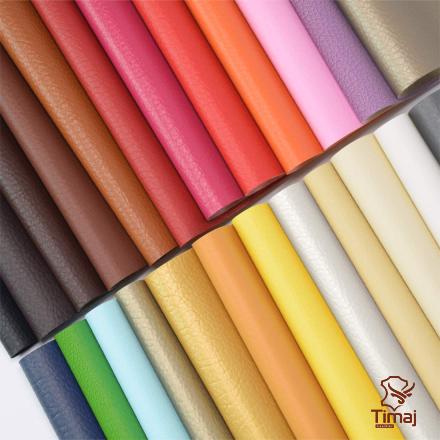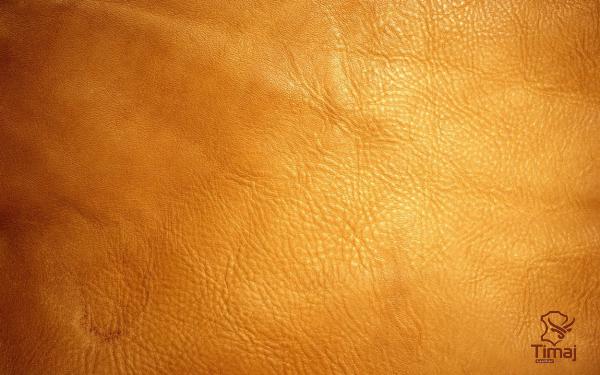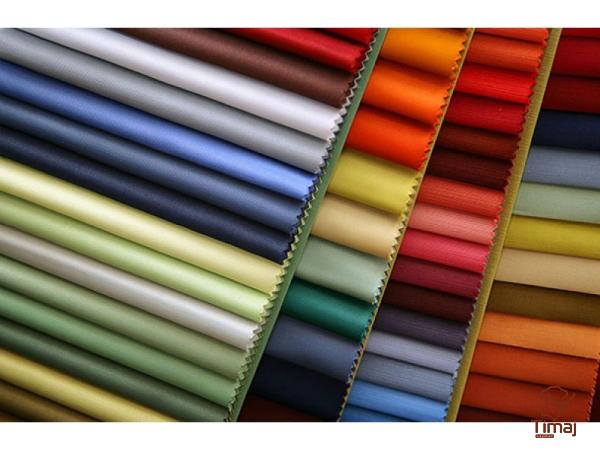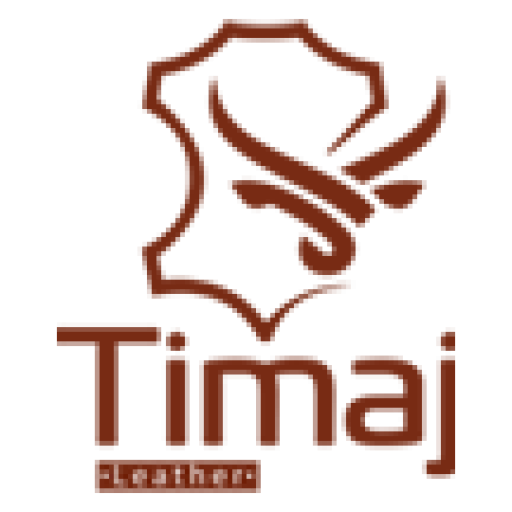When it comes to leather, there are different terms and grades that often confuse consumers. Two commonly used terms are “full grain leather” and “top grain leather.” While both terms refer to high-quality leather, they have distinct characteristics and are used in various industries. Understanding the features and differences between full grain and top grain leather can help consumers make informed decisions when purchasing leather products. Full grain leather is considered the highest quality grade of leather available. It is obtained from the top layer of the animal hide, which is the most durable and breathable part.
leather
 The natural grain pattern, imperfections, and unique markings of the animal’s skin are preserved in this type of leather. Full grain leather is also characterized by its superior strength, longevity, and ability to develop a rich patina over time. The natural oils and fibers in the leather make it more resistant to wear and tear, as well as moisture, making it a preferred choice for high-end leather products such as furniture, belts, wallets, and footwear. On the other hand, top grain leather is also a high-quality grade but differs from full grain leather in terms of its appearance and processing. Top grain leather is obtained by splitting the top layer of the animal hide, removing the natural grain pattern, and then sanding and buffing it to create a smoother, more uniform surface. This process diminishes the natural imperfections and markings of the leather, resulting in a more consistent look. Despite this treatment, top grain leather still retains some of its durability and breathability.
The natural grain pattern, imperfections, and unique markings of the animal’s skin are preserved in this type of leather. Full grain leather is also characterized by its superior strength, longevity, and ability to develop a rich patina over time. The natural oils and fibers in the leather make it more resistant to wear and tear, as well as moisture, making it a preferred choice for high-end leather products such as furniture, belts, wallets, and footwear. On the other hand, top grain leather is also a high-quality grade but differs from full grain leather in terms of its appearance and processing. Top grain leather is obtained by splitting the top layer of the animal hide, removing the natural grain pattern, and then sanding and buffing it to create a smoother, more uniform surface. This process diminishes the natural imperfections and markings of the leather, resulting in a more consistent look. Despite this treatment, top grain leather still retains some of its durability and breathability.
Specifications of leather
 It is often used in the production of furniture, handbags, and leather jackets, where a more refined and uniform appearance is desired. While both full grain and top grain leather share some similarities, there are significant differences to consider. One of the key distinctions lies in their durability. Full grain leather, being the complete top layer of the hide, is more resistant to abrasions and will develop a unique patina over time. In contrast, top grain leather, with its treated surface, may not develop the same patina and can be more prone to wear and tear. Additionally, full grain leather is generally thicker and stiffer, while top grain leather is more flexible and softer to the touch. Another important consideration is the breathability of the leather. Full grain leather, being less processed, retains its natural pores, allowing it to “breathe” and provide better ventilation. This makes it a preferred choice for leather items like shoes or jackets that are in contact with the skin. In comparison, top grain leather may have reduced breathability due to its treated surface. The price is also a factor to consider when choosing between full grain and top grain leather. Full grain leather is typically more expensive due to its superior quality and rarity.
It is often used in the production of furniture, handbags, and leather jackets, where a more refined and uniform appearance is desired. While both full grain and top grain leather share some similarities, there are significant differences to consider. One of the key distinctions lies in their durability. Full grain leather, being the complete top layer of the hide, is more resistant to abrasions and will develop a unique patina over time. In contrast, top grain leather, with its treated surface, may not develop the same patina and can be more prone to wear and tear. Additionally, full grain leather is generally thicker and stiffer, while top grain leather is more flexible and softer to the touch. Another important consideration is the breathability of the leather. Full grain leather, being less processed, retains its natural pores, allowing it to “breathe” and provide better ventilation. This makes it a preferred choice for leather items like shoes or jackets that are in contact with the skin. In comparison, top grain leather may have reduced breathability due to its treated surface. The price is also a factor to consider when choosing between full grain and top grain leather. Full grain leather is typically more expensive due to its superior quality and rarity.
buy leather
 The larger section of the hide required for full grain leather translates into higher costs during the production process. Top grain leather, being a more processed and widely available grade, is generally more affordable. However, the pricing can vary depending on other factors such as brand, craftsmanship, and additional features. Ultimately, the choice between full grain and top grain leather depends on personal preferences and the intended use of the leather product. If durability, natural appearance, and developing a patina over time are important factors, full grain leather is the ideal choice. It is highly recommended for products that require long-term use and can withstand the rigors of daily wear. On the other hand, if a more refined and uniform appearance is desired, and cost is a factor, top grain leather can be an excellent option. It offers a balance between quality and affordability, making it suitable for a wide range of leather goods. In conclusion, full grain and top grain leather are both high-quality grades of leather, but they have distinct characteristics and vary in terms of appearance, durability, breathability, and price. Understanding the differences between these grades enables consumers to make informed decisions based on their preferences and needs. Whether it is the natural, rugged character of full grain leather or the refined appearance of top grain leather, each has its own appeal and lends itself well to different leather products in various industries.
The larger section of the hide required for full grain leather translates into higher costs during the production process. Top grain leather, being a more processed and widely available grade, is generally more affordable. However, the pricing can vary depending on other factors such as brand, craftsmanship, and additional features. Ultimately, the choice between full grain and top grain leather depends on personal preferences and the intended use of the leather product. If durability, natural appearance, and developing a patina over time are important factors, full grain leather is the ideal choice. It is highly recommended for products that require long-term use and can withstand the rigors of daily wear. On the other hand, if a more refined and uniform appearance is desired, and cost is a factor, top grain leather can be an excellent option. It offers a balance between quality and affordability, making it suitable for a wide range of leather goods. In conclusion, full grain and top grain leather are both high-quality grades of leather, but they have distinct characteristics and vary in terms of appearance, durability, breathability, and price. Understanding the differences between these grades enables consumers to make informed decisions based on their preferences and needs. Whether it is the natural, rugged character of full grain leather or the refined appearance of top grain leather, each has its own appeal and lends itself well to different leather products in various industries.

Your comment submitted.